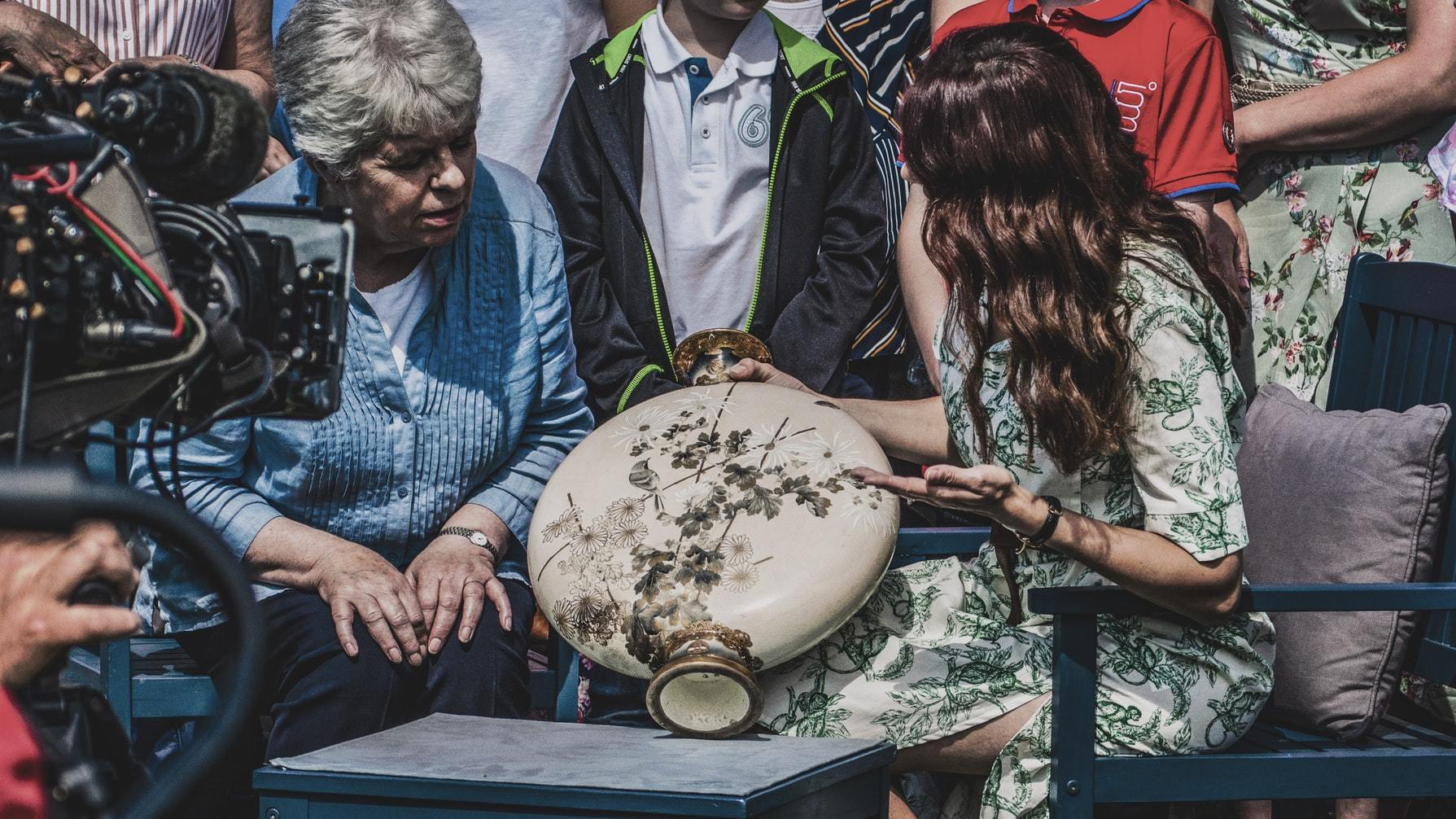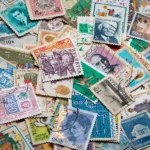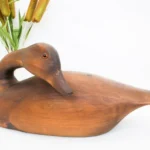
Open Daily 10am - 5pm
12,000sq.ft. of amazing items!
Free and easy parking!

In the antiques business, appraisals are funny things. When most of us think of appraisals, we do so in relation to diamonds or real estate. In fact, appraising antiques is a very different process. Here’s what you should know.
First of all, real estate appraising utilizes a time-honored formula. Properties are evaluated on three levels: replacement value (the current cost to duplicate whatever is already there), market value (what similar properties are selling for), and some multiple of income generated from rents, leases, mining, or whatever. If you’re a seller, you’ll want to grasp the highest of the three. If you’re a buyer, the lowest. Usually a property will sell somewhere in between. As for diamonds, there is little subjectivity in determining the four “c”s: clarity, carat, color, and cut. Once those are determined, it’s an easy matter to see what comparable stones are selling for.
With antiques, it’s a different story. Consider the baseball card, an object with virtually no intrinsic value but occasionally stratospheric market value. Replacing an old baseball card with an identical but new card would clearly have little appeal to the collector. And what is market value anyway when you’re dealing with one- or few-of-a-kind objects? Demand for for such items is often very thin with subsequent like items selling for a fraction of the first-to-market price. Moreover, certain categories such as presentation gifts or awards are populated almost entirely by unique objects, and there simply are no comparables. As for income generated by such pieces, there isn’t any. So how can such items be appraised?
Before I get to that, there’s something else you should know. “Appraisals” are different than “evaluations” and it’s important to understand the difference. Appraisals, at least those done by a certified appraiser, have a legal standing with the IRS. Taxpayers looking to validate a non-cash donation over a certain amount on their tax returns must submit such an appraisal along with the related paperwork to claim a deduction. Talk to your tax advise for more about that. In contrast, an evaluation is what you get when you bring your treasure to a pawn shop or antique gallery for assessment. It is a personal opinion based on experience and judgement but in no way should be viewed as definitive. Many are the stories of people bringing Grandma’s necklace to an unscrupulous dealer, only to be given an estimate of value that is nowhere near fair. Thus, if you’re looking to sell such heirlooms, check around before you do so. The Coachella Valley has many reputable dealers, and online rating services can be a big help in identifying who they are.
So, back to the question of appraising antiques. You’ll be surprised to learn that there are no state or federal standards in place for certifying appraisers – at least none that I’m aware of – and even certified appraisers have their specialties. You wouldn’t want a jewelry expert appraising your contemporary art. The point is that appraising antiques can be an uncertain and unpredictable experience, subject to the integrity and expertise of the appraiser and market conditions at the time. If you have what you think are premium items, consider approaching specialty auction houses or scouring the internet for affinity groups. If you need an appraisal for tax purposes, ask those sources for suggestions. Even if your needs are more for estate planning or insurance, it pays to do some research. Appraising antiques can be a tricky business.





We’ll email you about the latest events, sales, and general store updates.

Our antique gallery is located just south of downtown Palm Springs, with free parking and air conditioning throughout.
Open Daily: 10am – 5pm
505 E Industrial Pl.
Palm Springs, CA 92264
© Copyright Antique Galleries of Palm Springs 2024